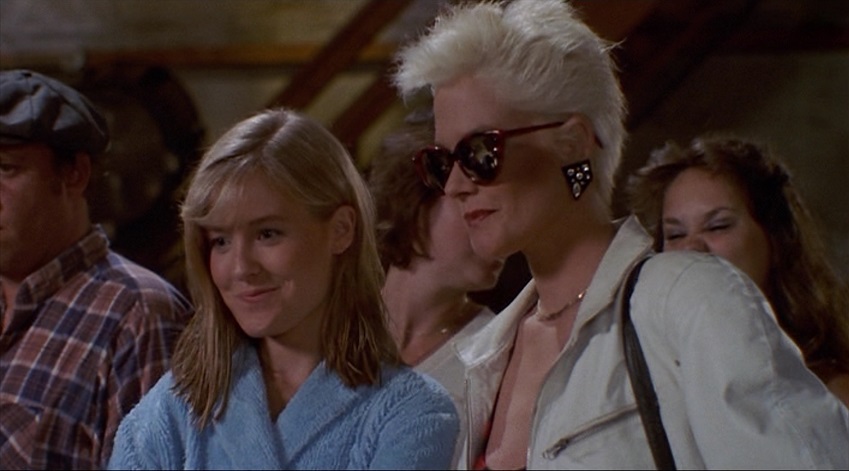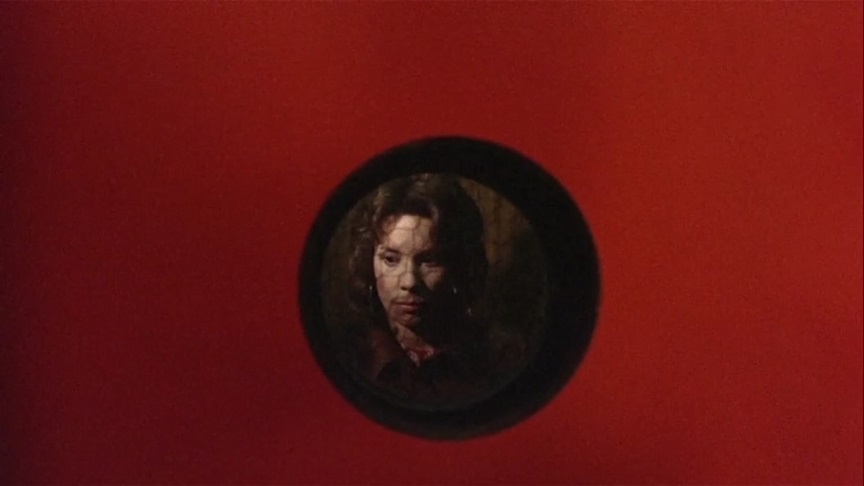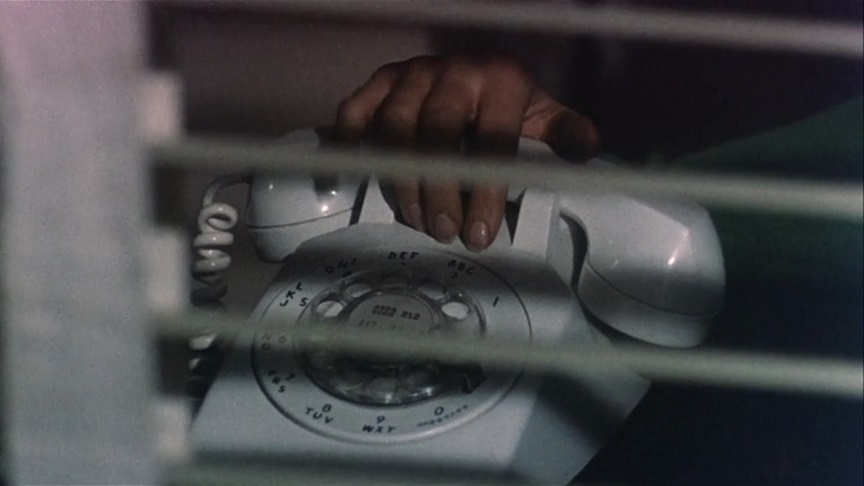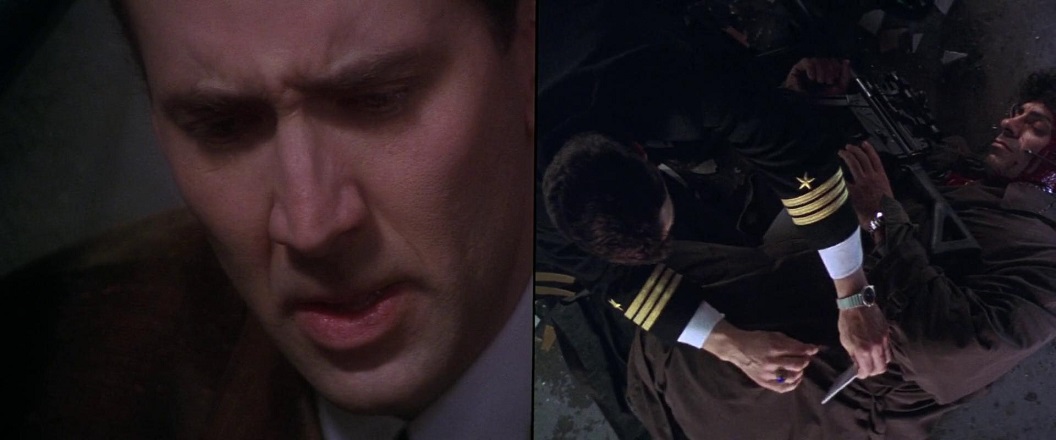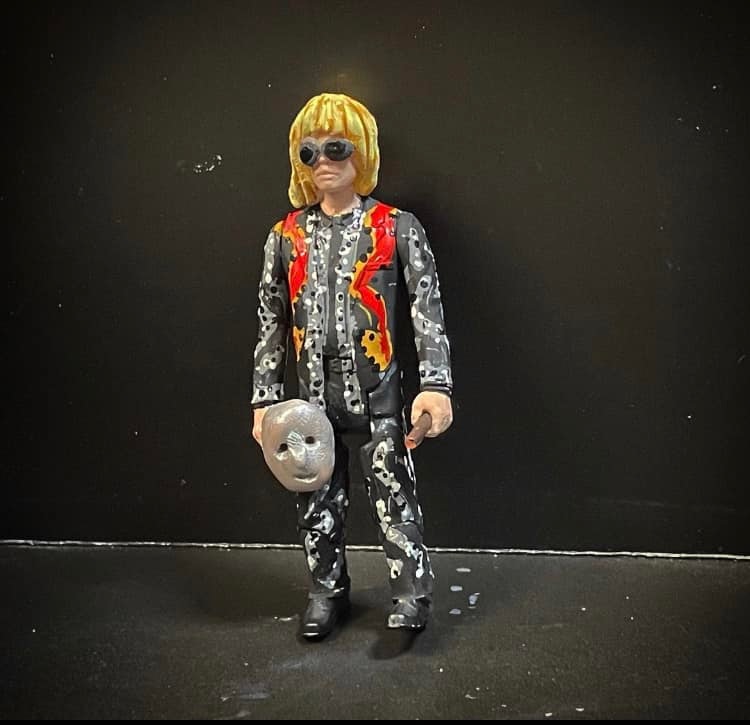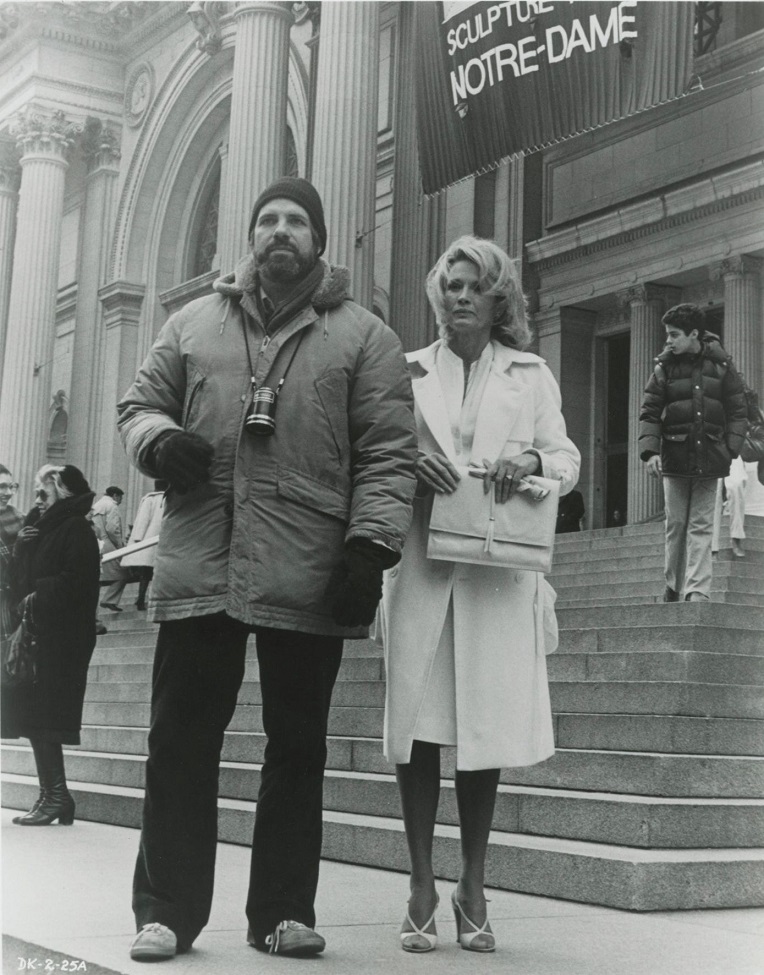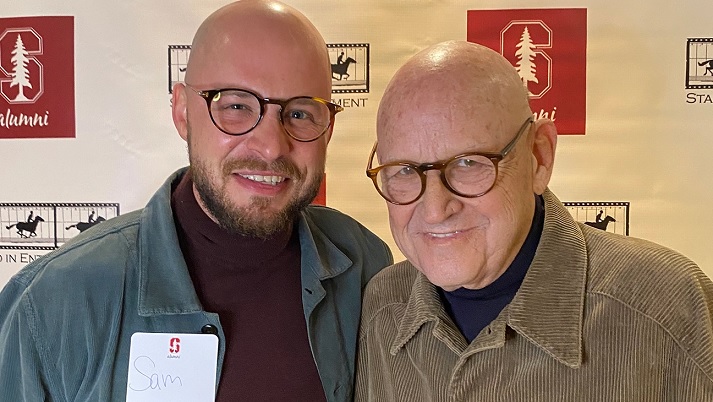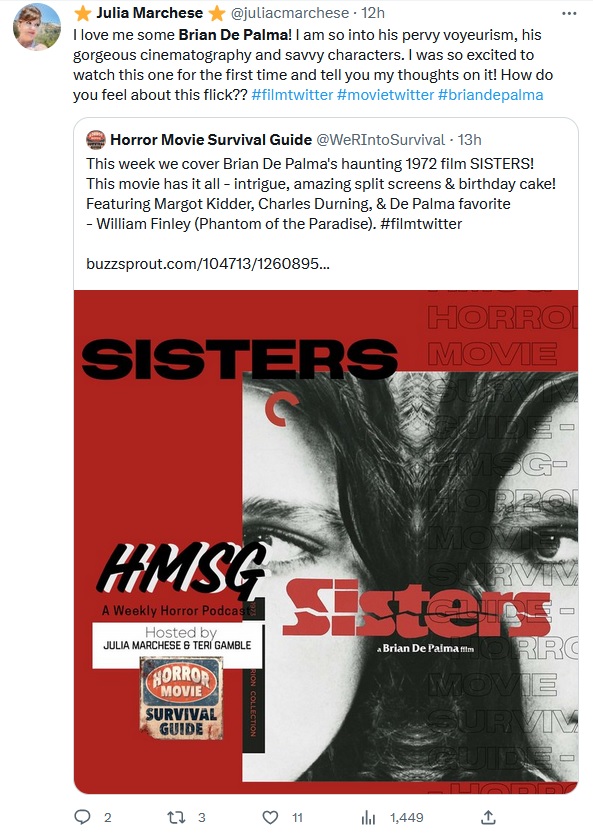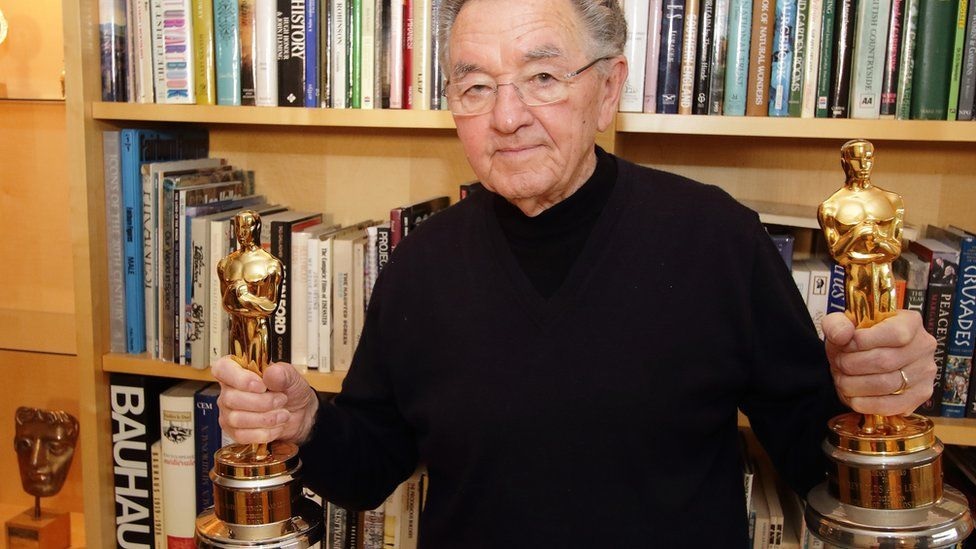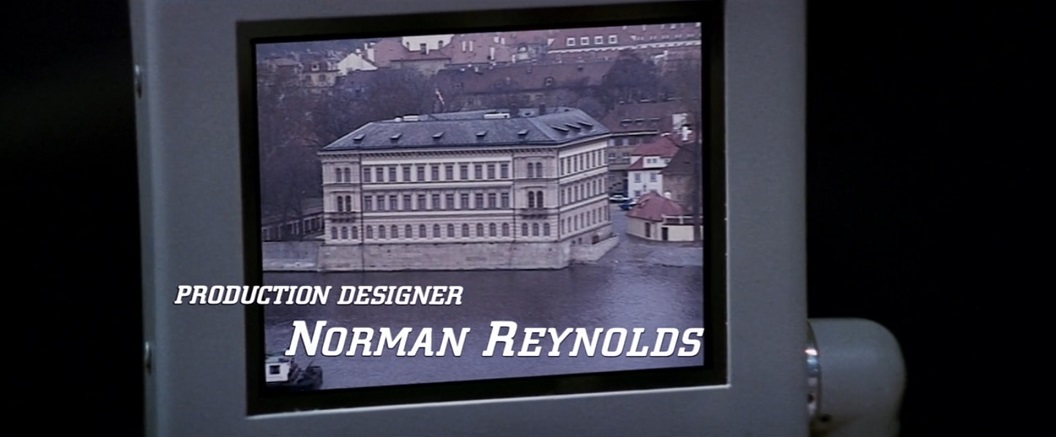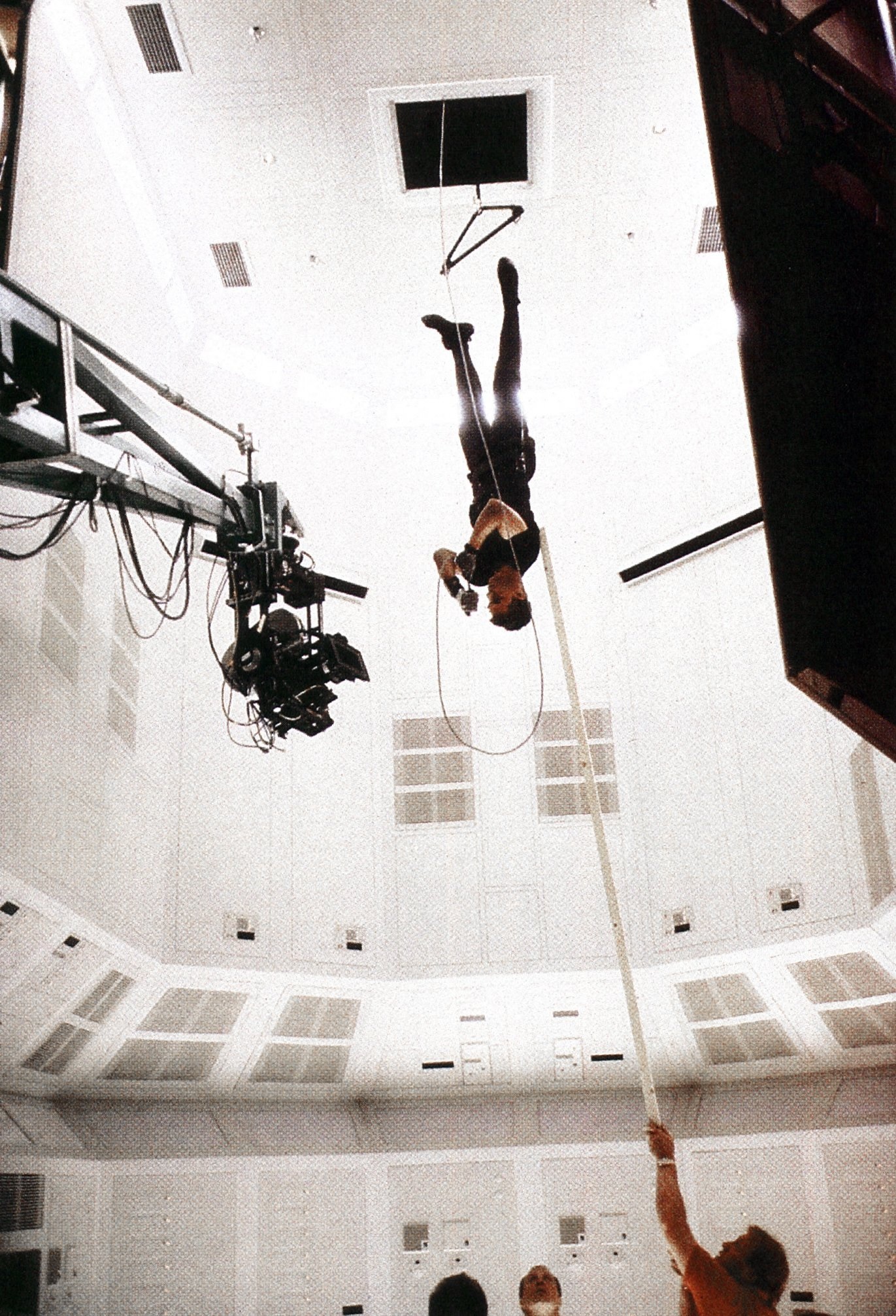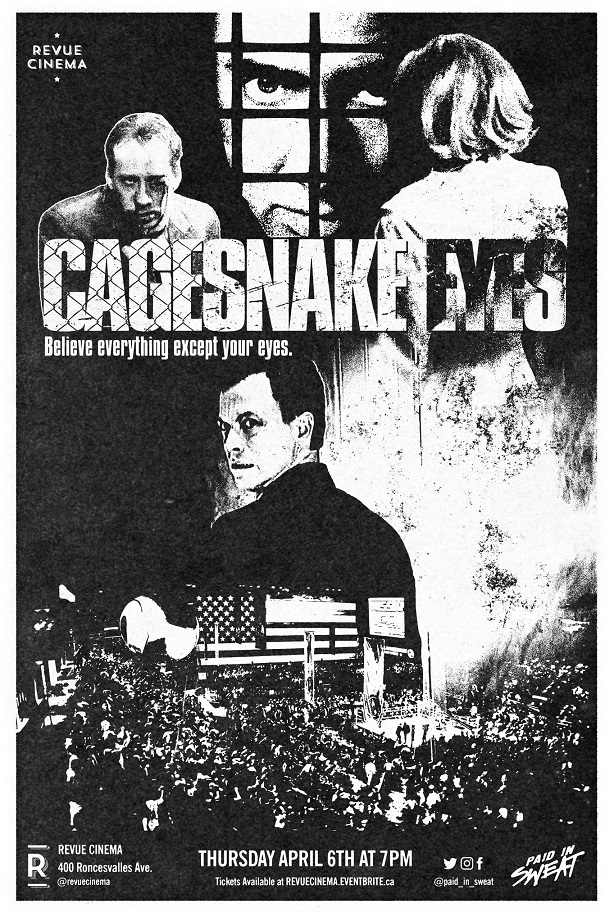De Palma’s incredible one-take intro to Santoro and his sleazy existence shows us arounds corridors, up and down escalators down to ringside. It’s dialog-heavy, incredibly complicated in its staging and so exciting to watch. One of Santoro’s best friends, Commander Kevin Dunne (Gary Sinise) sits alongside him on ringside seats. When a shot rings out and a powerful figure sitting near Santoro is now dead, the event erupts into anarchy.
Santoro and Dunne immediately sweep the area and round up the suspects. Who took the shot, why did they do it and is there one person responsible for the public assassination? How do you solve a murder that takes place in plain sight with “14,000 eyewitnesses?”
Because it’s De Palma, the expected Hitchcock visuals and themes are present. However, even with those aspects in place, there are more neo-noir themes on hand, as well as De Palma doing Robert Altman taking on “Rashomon.”
There’s a McGuffin about Air Guard Missile Tests but the core of the film is Santoro’s belatedly finding a moral center in a corrupt world.
De Palma is once again exploring media manipulation and distraction through large-scale diversion. It could be interpreted as political satire as just flat out American social commentary.
De Palma is dipping his toe into the “Blow Out” (1981) pool once more. “Snake Eyes” is a smaller film than De Palma’s anti-commercial, challenging tour de force of the original “Mission: Impossible” (1996) but still made with a bravado showmanship to match the work of his leading man.
“Snake Eyes” isn’t an action movie but a thrillingly staged mystery, which made it an odd attraction during the summer of 1998. Coming off of his back-to-back blockbusters of “Con Air” and “Face/Off” and the surprise hit of “City of Angels” earlier in the year, Cage was on a roll that lasted for years.
Playing Santoro, Cage is on fire from his first entrance. The character simmers down as the discoveries of the investigation become increasingly grave. Cage is not being over the top but playing a brash, inhibition-free jerk whose lack of a moral center changes drastically in a single evening.
There is no convincing naysayers who loathe any period of Cage’s work, whether it’s his early post-“Peggy Sue” choices, his commercial breakthrough after winning the Oscar, or the on-again-off-again era of wild creative peaks and valleys he’s currently in.
Cage always takes big swings and is rarely (if ever) accused of being subtle.
Nevertheless, the actor’s willingness to give nearly every project he takes on an above and beyond approach, giving it his all when the movie itself may not need or deserve it, has made him one of my favorites.
Alongside his incredible turn in Werner Herzog’s off-the-wall “Bad Lieutenant: Port of Call New Orleans” (2009), this is my favorite of his “big” performances.
In both cases, the initial bravado of the characters masks the moral rot beneath, as both characters find a form of redemption but, in the end, haven’t entirely reformed their wicked ways.
The shot of a bloodied bill and the final, painful look Santoro gives it, says everything about the character and how far he’s come. It’s the film’s most important shot and solidifies the film’s neo-noir identity.

